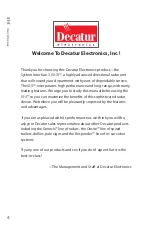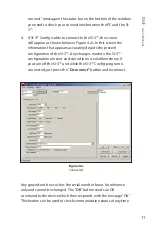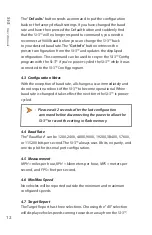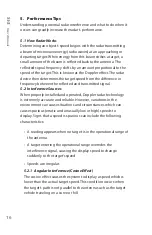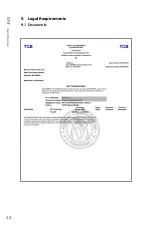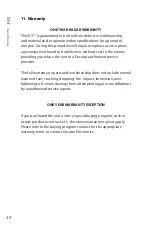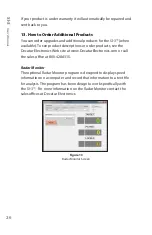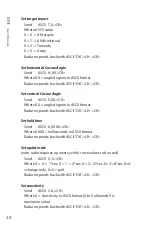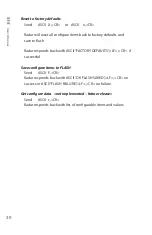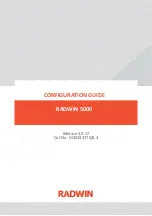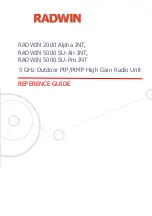
SI-3
™
U
ser
’s M
anual
18
Small angles (less than 10°) have little effect on accuracy . As the
angle increases, the displayed speed decreases . At 90°, the target
speed is 0—grossly incorrect .
5.2.2 Fan Interference
Fan interference is one of the most common forms of interference
that you are likely to experience . It is caused when the radar
measures the speed of a blower fan that is with in the beam path of
the radar . If the SI-3™ is used inside of a building keep in mind that
furnace and air conditioner fans can cause interference . To correct
this, relocate the radar so it does not display spurious speeds or
turn off the fan motor .
5.2.3 Electromagnetic Interference (EMI)
Operating electric motors can produce EMI . EMI from power seats
or windshield wipers can also produce spurious target speeds . To
correct the interference, simply turn off its source .
5.2.4 Feedback Interference
When the radar beam is directed at computer screens, streetlights,
and other electronic devices, it can display spurious speeds . To
correct the interference, relocate the SI-3™ .
5.2.5 Multi-Path Beam Cancellation
If multi-path beam cancellation occurs, the target vehicle speed
sporadically blinks and reappears at semi-random intervals . This
type of interference occurs when the radar loses track of a target
because the target is reflecting two or more signals, which are
interfering with each other . The SI-3™ is immune from multi-path
cancellation .
5.2.6 Radio Frequency Interference (RFI)
The system can inadvertently process radio energy as Doppler
speeds, including that from 2-way radios, airport radar, microwave
transmission towers, CB radio transmitters, and AM/FM
transmission towers . For this type of interference to occur, the SI-3™
must be operating very close to the radio transmitter .

